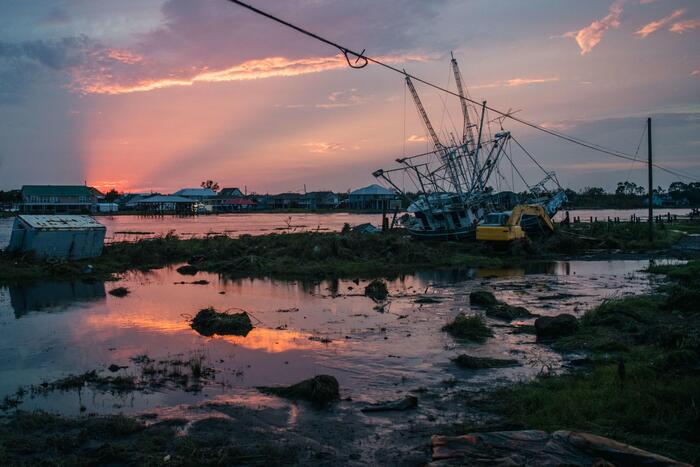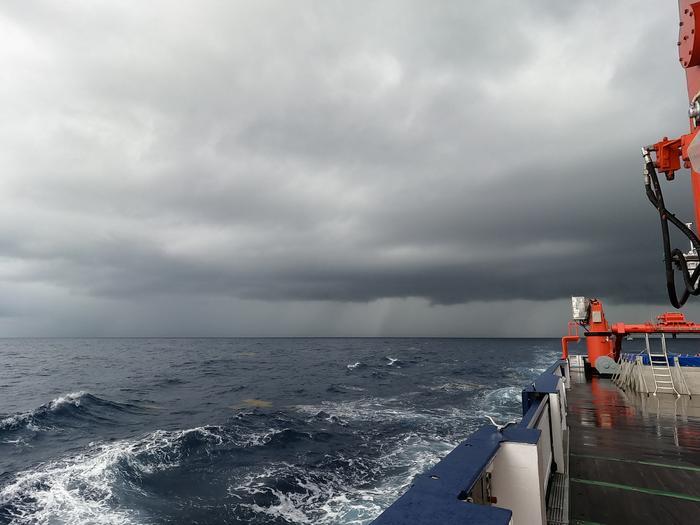By Alessio Jacona *
Climate change is making extreme weather events more frequent and dangerous, even and perhaps especially in poorer countries, which are less prepared to face them.
In this context, developing a local-scale climate forecasting system that is both highly accurate, reliable and low-cost can make a difference and save lives.
ClimateAi, a company specializing in applying artificial intelligence to climate risk modeling, took care of it, which developed a low-cost local weather forecasting system based on adversary generative networks (GAN).
Developing accurate regional forecasts is difficult due to the complex physics that governs intense rainfall and extreme weather events.
Global forecasts can take advantage of the availability of a large amount of weather data and models, but they lack accuracy and are prone to errors, because every little detail that is not considered can cause large-scale divergences.
Regional forecasts, on the other hand, require expensive and time-consuming supercomputers with trained local professionals, limiting access to rich countries.
"Going beyond the many improvements made to what we call" nowcast "(ie the description of the current weather conditions or a forecast of the immediate ones ed), our new model achieves the same accuracy in the forecasts even when the time horizon recedes. of several hours or days ", explained Dr. Stephan Rasp, who together with Ilan Price is a researcher and project manager for ClimateAI." By adopting a dual approach - he continues - we can take into account systematic errors in global models and increase the resolution of the forecast, so that regional extreme climatic events are accurately recorded ".
The conclusions of Rasp and Price are contained in the report "
Increasing the Accuracy and Resolution of Precipitation Forecasts Using Deep Generative Models
", which has already passed the rigorous examination of the "peer review", will be presented at the 25th international conference on artificial intelligence and statistics (AISTATS) at the end of March.
As mentioned, the new model developed by ClimateAI scales global forecasts to be as accurate as a local forecast, without however requiring the large amount of computational, financial and human resources hitherto required to work on such a small scale.
All to the benefit of developing countries, which cannot afford the technology for high-resolution local forecasts.
GANs are a subset of machine learning, where two antagonistic neural networks basically fight and train each other until they come to a conclusion.
Researchers trained them to analyze global weather forecasts, correct errors, and then scale the forecasts for high resolution on a local / regional scale, thus obtaining local forecasts with the same high resolution and quality as costly forecasts. regional supercomputers.
The GANs generate various images showing the different potential scenarios at different days, all with equal probability.
For example, rather than simply confirming a "40% chance of rain this week" for an entire region, the new model would allow users to easily answer more useful questions such as: what is the probability that it will rain tomorrow or not?
Where exactly will it rain?
If it rains, will it rain all over, will it rain in one specific spot, or will it rain in many places but just drizzle in others?
While large-scale predictions hide all of this important information, this new machine learning approach efficiently brings it into view.
'Current global and regional forecasts lack accuracy and are prone to errors,' added Dr Rasp.
Artificial intelligence is changing weather forecasts, and resource-intensive regional weather models may soon be completely replaced by machine learning approaches.
Actionable forecasts will support businesses and governments seeking to climate-proof their initiatives and operations.
ClimateAi researchers also expect this method to also work for long-range predictions (weeks, months, years, decades), where the need to increase resolution is even greater.
* Journalist, innovation expert and curator of the Artificial Intelligence Observatory ANSA.it








